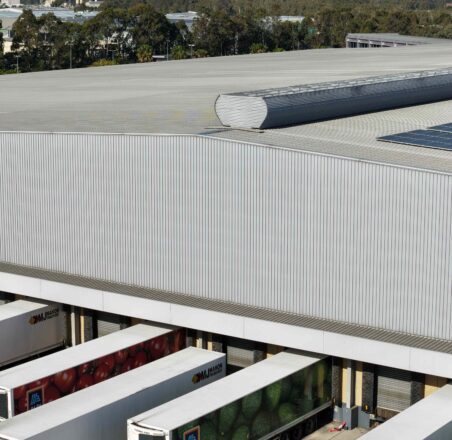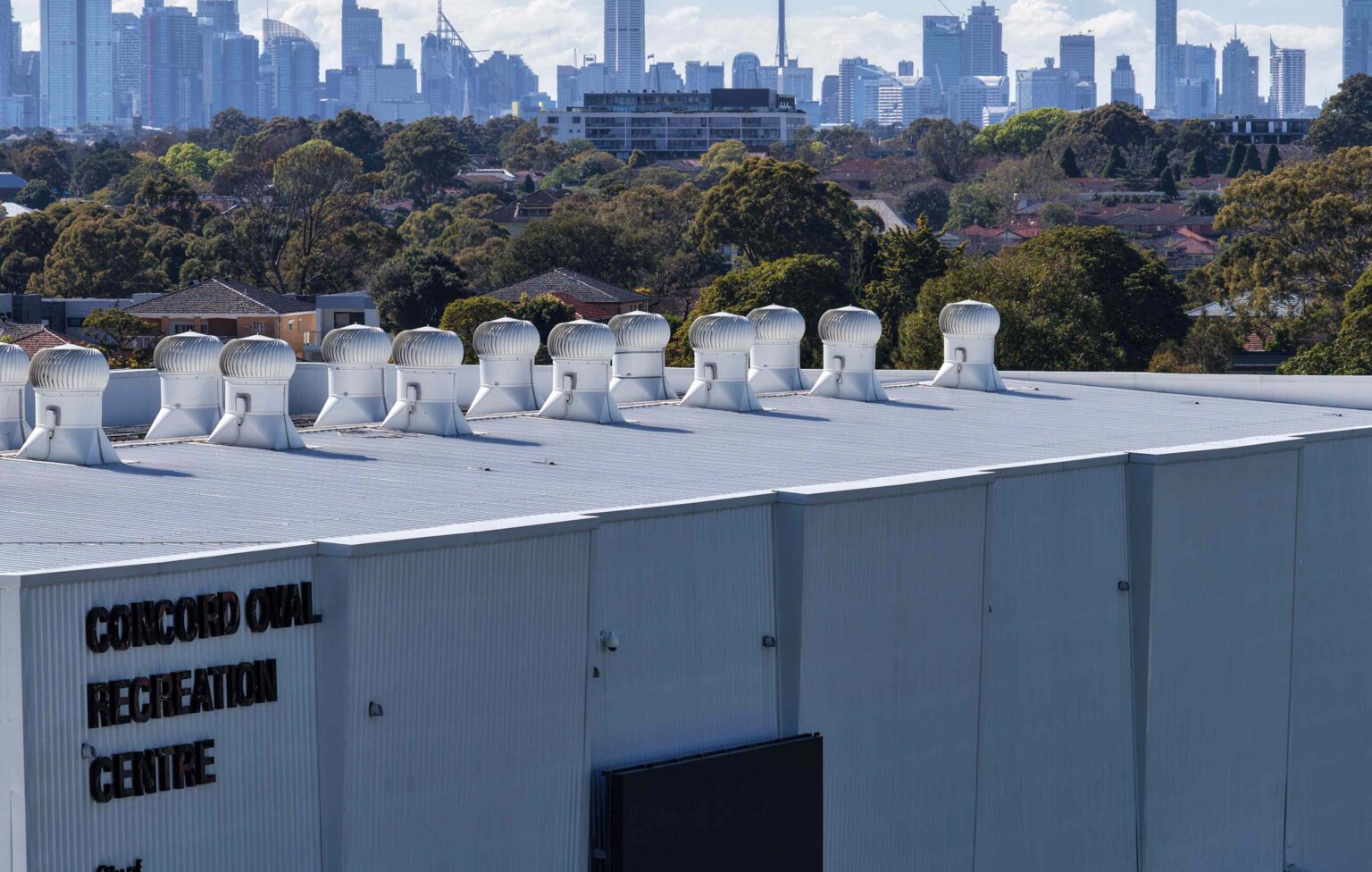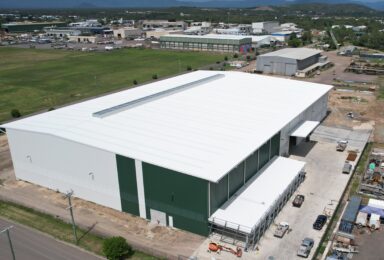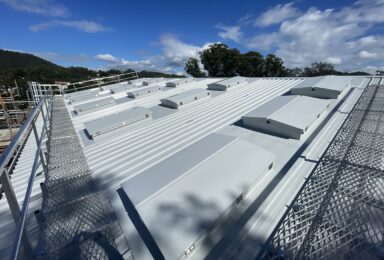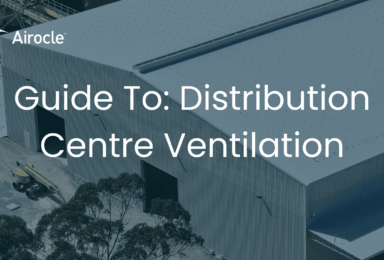
Natural Ventilation For Logistics Facility Ventilation
Natural Ventilation For Logistics Facility Ventilation
When you’re overseeing a logistics facility, it can be a challenge to balance workplace safety with productivity, costs and stock protection. And, while it may not be the first thing you think of, poor ventilation systems in your facility can impact all these areas of your operations.
Poor ventilation can cause multiple issues, from high energy consumption and mould damage to staff discomfort and complaints. By employing effective logistics facility ventilation, you’ll improve your air quality.
In turn, this will protect your inventory, support energy efficiency, and improve staff morale.
In this guide, we’ll break down how you can make the best choices for your ventilation situation.
Why Ventilation Matters in Logistics Facilities
With many moving parts to consider, it can be challenging to incorporate effective ventilation for logistics facilities. Most warehouses consist of large open spaces, which can make it difficult to control the flow of air and prevent vehicular emissions, dust and heat buildup. Even the size of your main doors can affect the ventilation of your facility.
All of these factors can not only affect the air quality and comfort within your facility, but they may also impact worker health, productivity, and your ability to comply with safety standards.
Besides the risks to your staff, poor ventilation has the potential to damage your stock and cause cost blowouts. Inadequate ventilation can cause damage through moisture exposure, mould build-up, corrosion, spoilage, and overheating.
Depending on the products your facility processes, different conditions may be required to keep them in a usable and damage-free state.
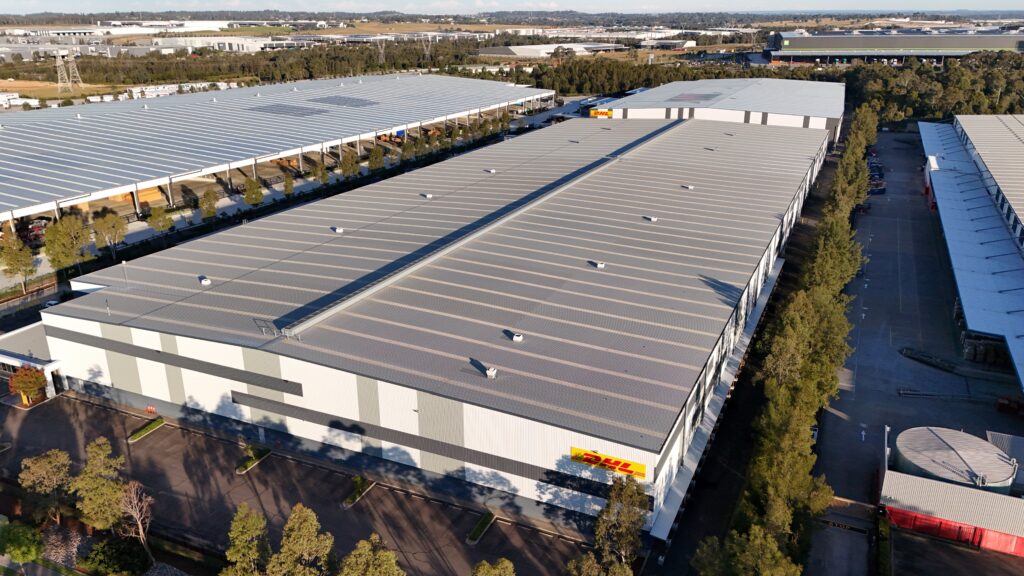
The Drawbacks of Relying Solely on Mechanical Ventilation
Mechanical ventilation systems use powered fans to extract stale air and draw in fresh air from outside. While they can support air quality and building safety, they also come with drawbacks: higher energy use, ongoing maintenance requirements, and increased operational costs. These systems can also be complex to manage over time.
In addition, mechanical ventilation may not always be the most effective option for managing humidity in large industrial spaces – an issue that can affect both staff comfort and product integrity. This is why many logistics and facilities managers look for a combination of ventilation strategies rather than relying on a single mechanical solution.
Natural Ventilation: How It Works in Logistics Facilities
Instead of relying on mechanical ventilation systems alone, investing in natural ventilation solutions can help combat the challenges of facility ventilation.
Installing rotary roof ventilators, ridge vents, adjustable louvres and other natural ventilation products in strategic positions allows you to harness the upward and downward movement of air in your facility. This is known as the stack effect, and allows you to take advantage of natural air flow in your facility. With this setup, you’ll improve air quality, prevent damp and mould damage, and enjoy less maintenance and oversight compared to mechanical ventilation systems. Ultimately, natural ventilation can reduce your reliance on electrical ventilation systems and bring down your operating costs.
Balancing Natural and Mechanical Systems
A standalone natural ventilation system can fulfil all your facility’s climate control needs in most cases. With the right ventilation placement and planning, you’ll keep your facility cool, your products safe, and your staff comfortable. Natural ventilation systems are also far less complex and have fewer moving parts than their electric and mechanical counterparts, so you’ll also benefit from less maintenance and associated costs.
Even if you’re operating in extreme heat or have a complex floor plan, investing in natural ventilation systems alongside mechanical and electric solutions has many benefits. Utilising hybrid ventilation (such as combining louvres and targeted ventilation with our 5 series rotary fans), will still reduce your energy costs and help keep your products and staff safe and healthy.
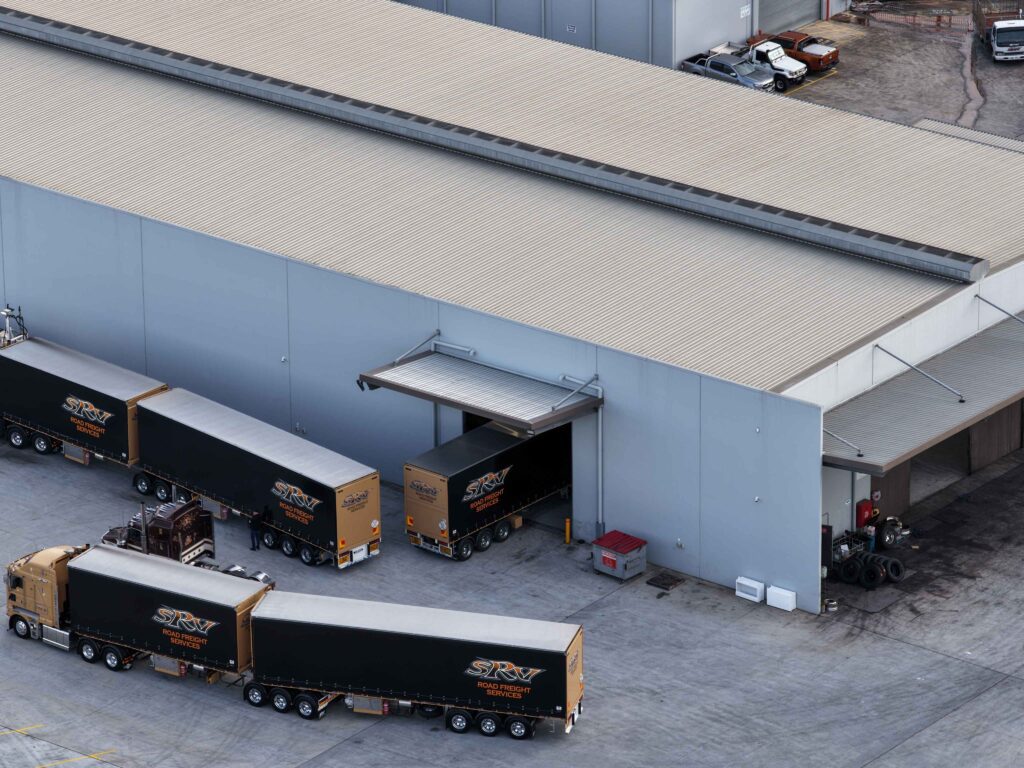
Energy Efficiency and Cost Benefits
When it comes to energy consumption, natural and hybrid facility ventilation systems easily outperform mechanical and electrical-only solutions. Natural ventilation requires little to no power, so you’ll lower your energy bills as a consequence.
A reduced reliance on power also means you’ll reduce your facility’s environmental footprint, which can be a considerable benefit for large-scale operations.
Designing Ventilation for Logistics Facilities
If you’re designing a ventilation system for your logistics facility, there are a few different factors that you need to consider to get the most out of it:
- Building size and roof height: Larger buildings with high roofs need to account for air stratification. Placement of vents and louvres is crucial to optimise the effects of natural air flow
- Occupancy levels: Beyond the number of people working inside, a facility with its staff spread out will require different ventilation needs, compared with one where most staff are concentrated in a particular spot/area. Peak and off-peak occupancy times are also worth considering
- Heat load: The total amount of heat generated by people, equipment, and vehicles operating within your facility
- Emissions: Any emissions from equipment, like welding fumes and vehicles can be harmful to your staff and product, in addition to generating heat
- The type of product/inventory you handle: If your goods are perishable, flammable, moisture-sensitive, dust-generating or electrical, you will need to design your ventilation system accordingly to safeguard against damage
It can become very costly if you don’t take these factors into mind when designing your ventilation system. Your staff can become uncomfortable and sick, and your inventory can also be damaged, which can impact your costs and reputation. Thankfully, Airocle consults with managers, architects and builders to design ventilation systems tailored to your facility’s unique needs. We’ll create a natural ventilation system that’s effective and energy efficient, making your upgrades hassle-free.
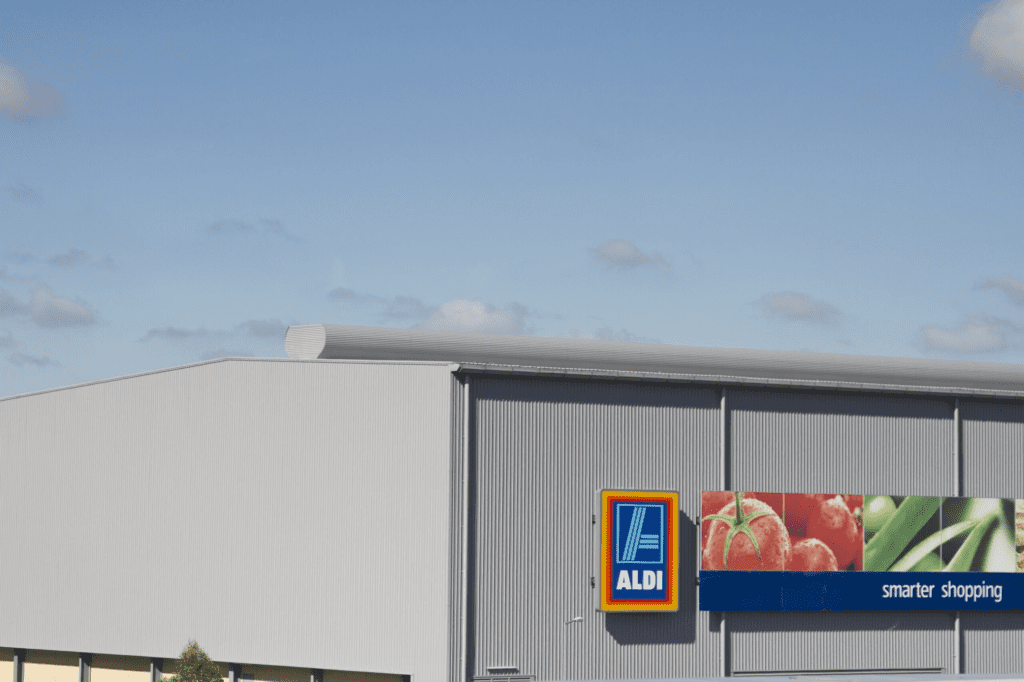
Scenarios and Practical Applications
When looking at natural ventilation for your logistics facility, it’s worth exploring different scenarios that showcase its benefits.
-
- A warehouse struggling with heat and condensation: Natural ventilation will improve air flow in a facility. This can equate to greater staff comfort, and can also help prevent damage to climate-sensitive products. You’ll also reduce your reliance on electric and mechanical solutions to achieve the same result, saving you on energy consumption.
- Cold storage facilities: By investing in natural ventilation for a cold storage facility, you can control the humidity levels present, as well as manage condensation. This can be particularly useful to prevent mould growth on food products
- Pharmaceutical distribution centres: It’s very important for any facility handling pharmaceutical products to have natural climate control wherever possible. Any poor practices can increase the risk of damage or spoilage, potentially posing a health risk. With natural ventilation, you can protect your pharmaceutical products from harm, and also minimise your energy use.
Enquire about natural ventilation today
You always want to make sure your facility is a safe work environment, while also increasing your stock protection and decreasing your energy bills. By investing in natural logistics facility ventilation, you can go a long way to creating the perfect balance of a healthy working environment, stock protection and energy bill savings. Best of all, natural ventilation is also perfect for minimal maintenance and repairs, compared with relying on mechanical and electrical ventilation solutions alone.
Airocle can partner with you to find the best natural ventilation solutions that suit your facility’s needs. For better energy efficiency and inventory protection for your facility, contact us today for a free consultation with one of our ventilation experts.
Frequently Asked Questions
1. How does natural ventilation improve indoor air quality in logistics facilities?
Natural ventilation improves your logistics facility’s indoor air quality by reducing the amount of dust, fumes and stale air within a space. By improving the air quality of your facility, you’ll help safeguard your staff’s safety and protect your stock from damage.
2. Can natural ventilation really reduce energy consumption compared to air conditioning?
Yes. While air conditioning and mechanical ventilation consume significant amounts of power, natural systems use air pressure and temperature differences to regulate conditions. This leads to measurable energy savings, particularly in large facilities with high running costs.
3. How can ventilation protect inventory from mould or spoilage?
Ventilation reduces the humidity in your workspace, which in turn reduces the amount of condensation and mould that can build up. Preventing mould and condensation helps to protect your stock from damage or spoilage. With natural ventilation, you can create a stable environment for your stock and make sure it’s protected.
4. Is natural ventilation enough on its own, or do I need mechanical systems too?
In most warehouse setups, natural ventilation systems will be enough to protect your stock and keep your staff safe and efficient. However, in areas with high temperatures and other extreme conditions, combining natural ventilation with mechanical solutions (such as fans) can offer you a greater degree of climate control in your facility than one ventilation solution alone.
